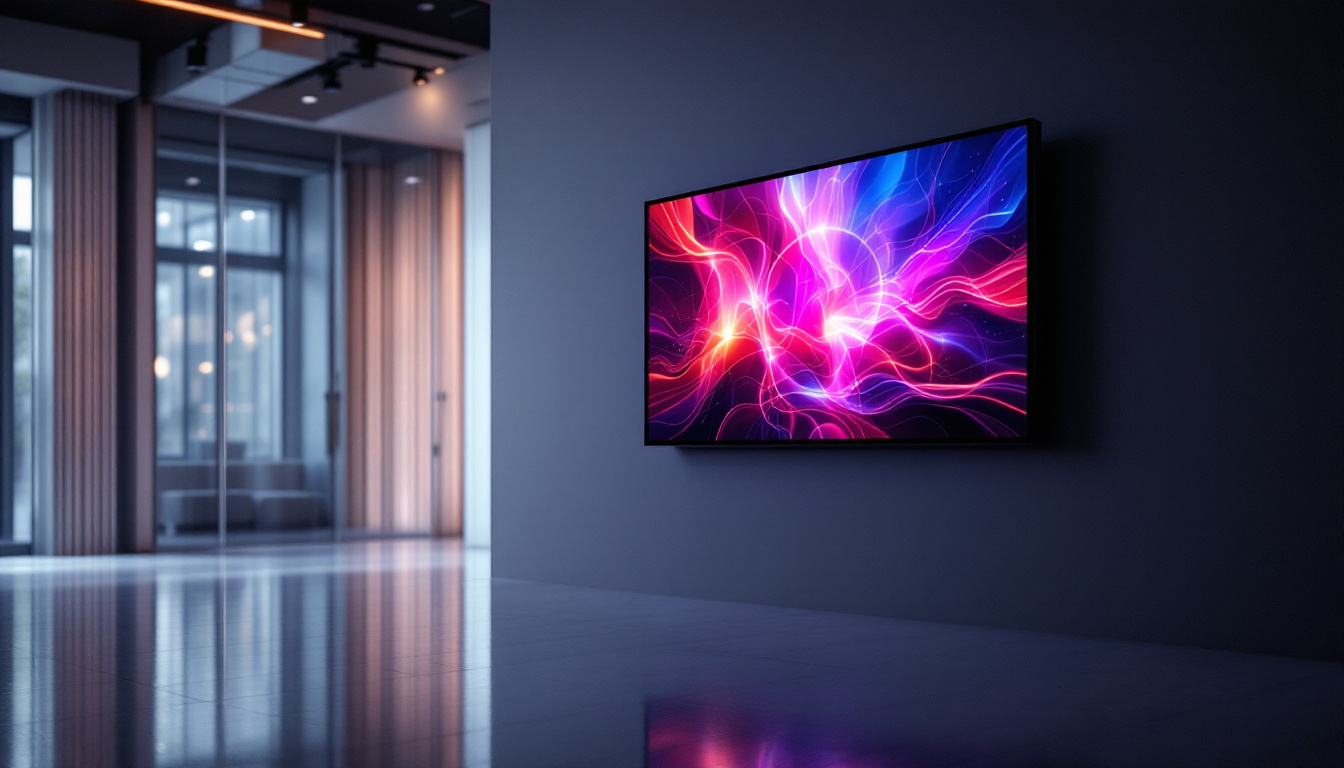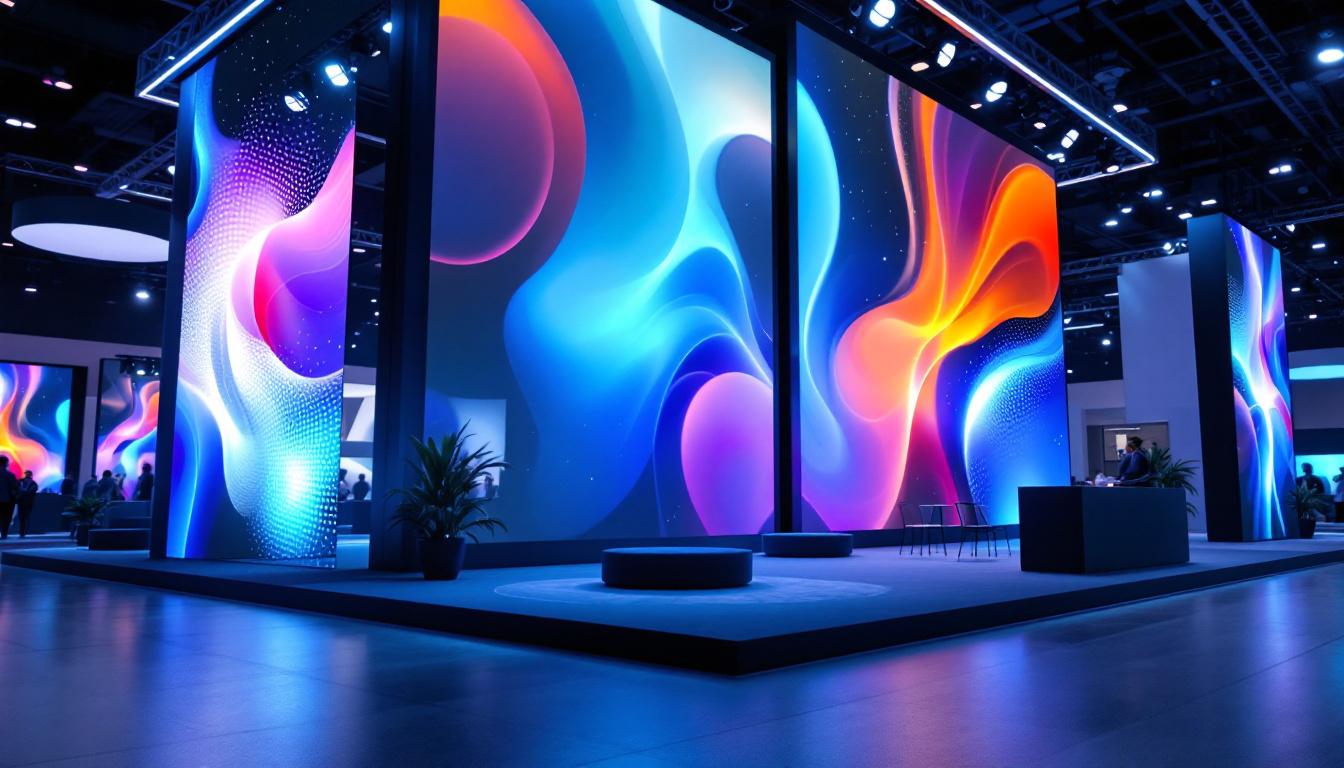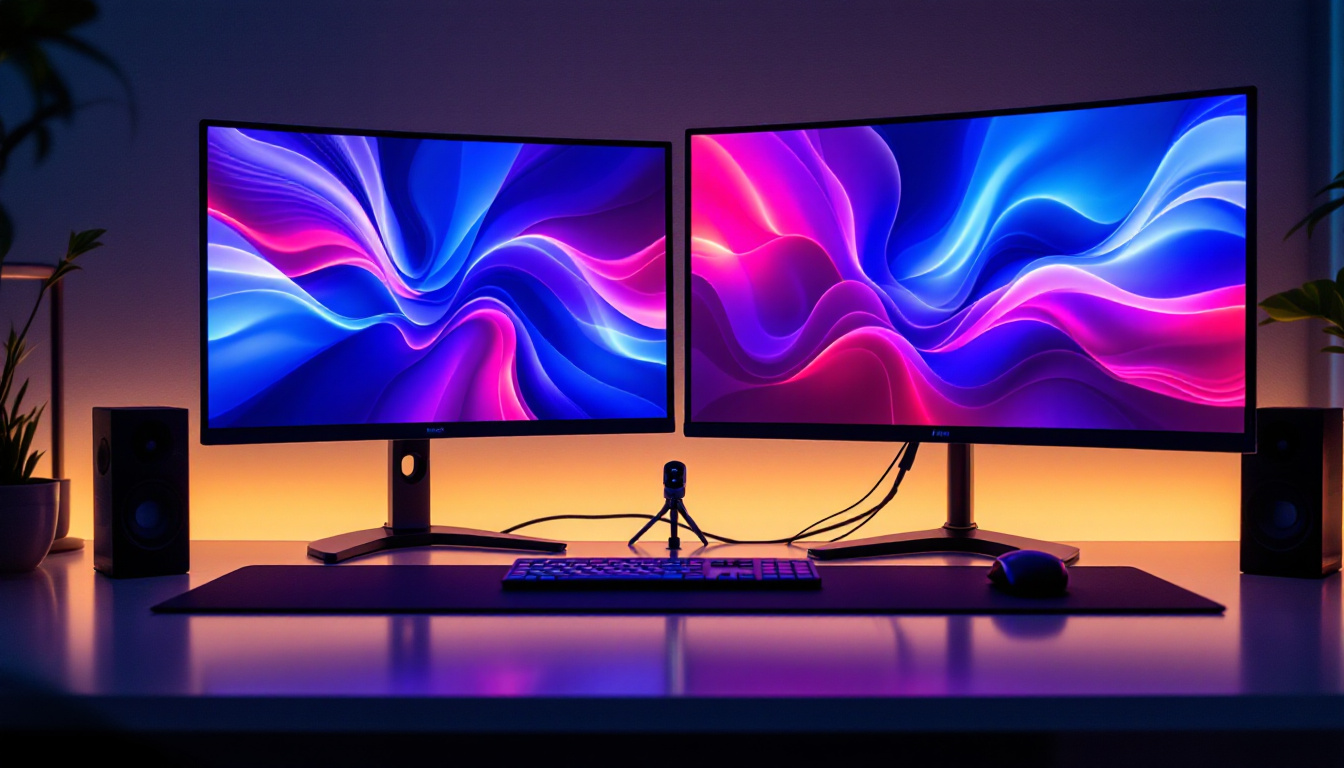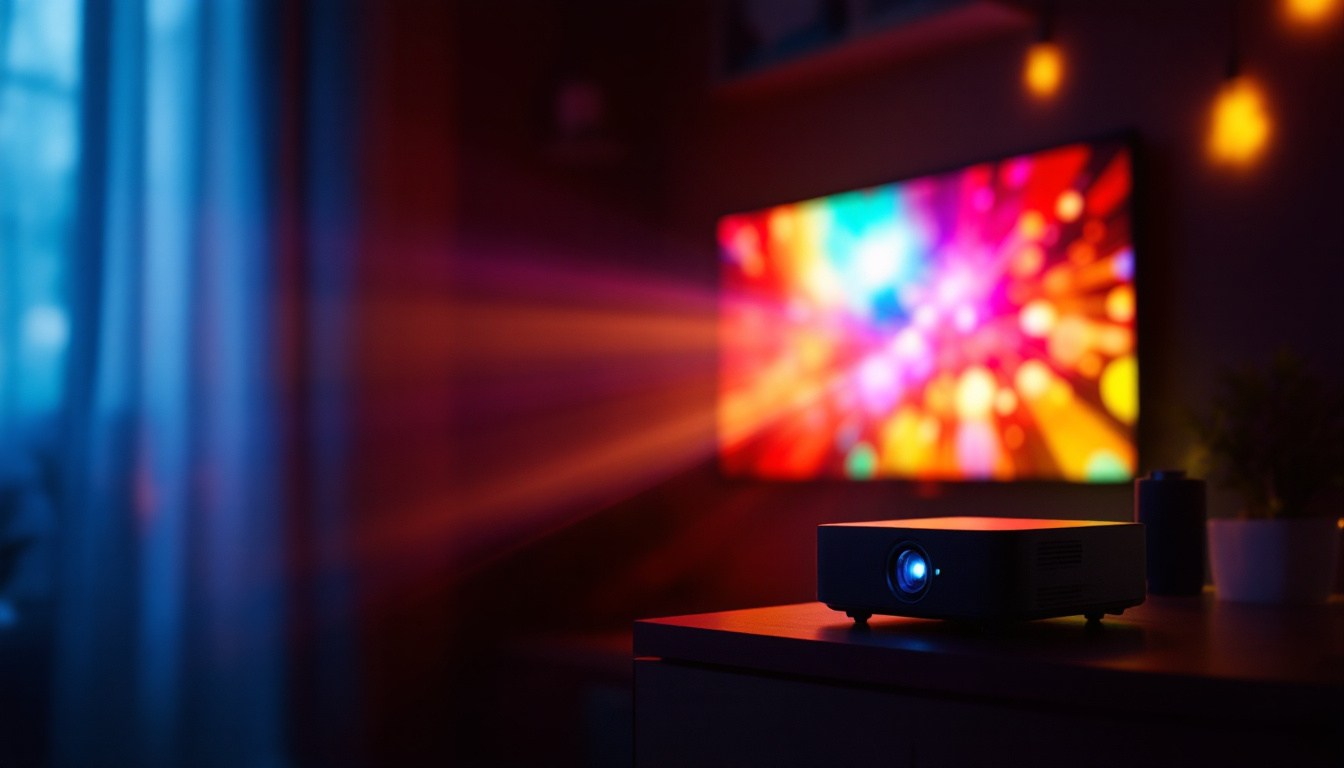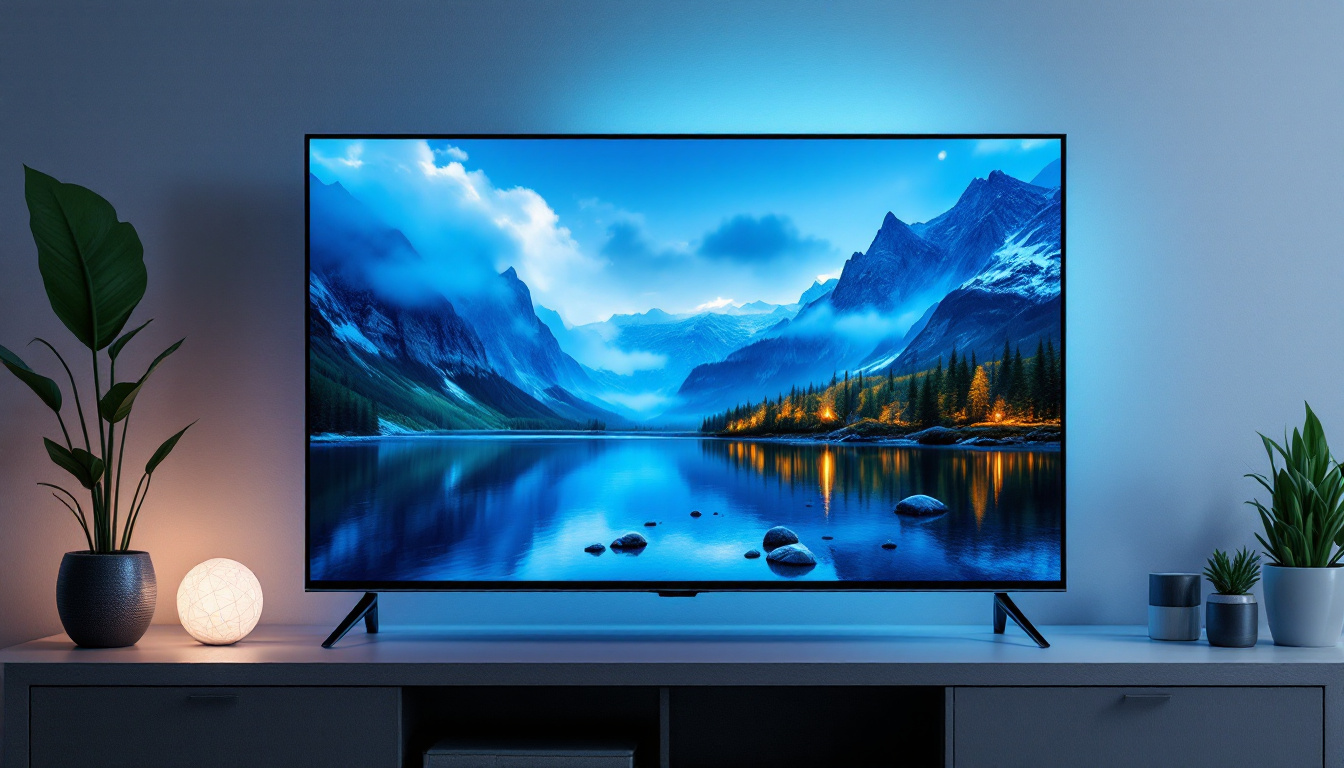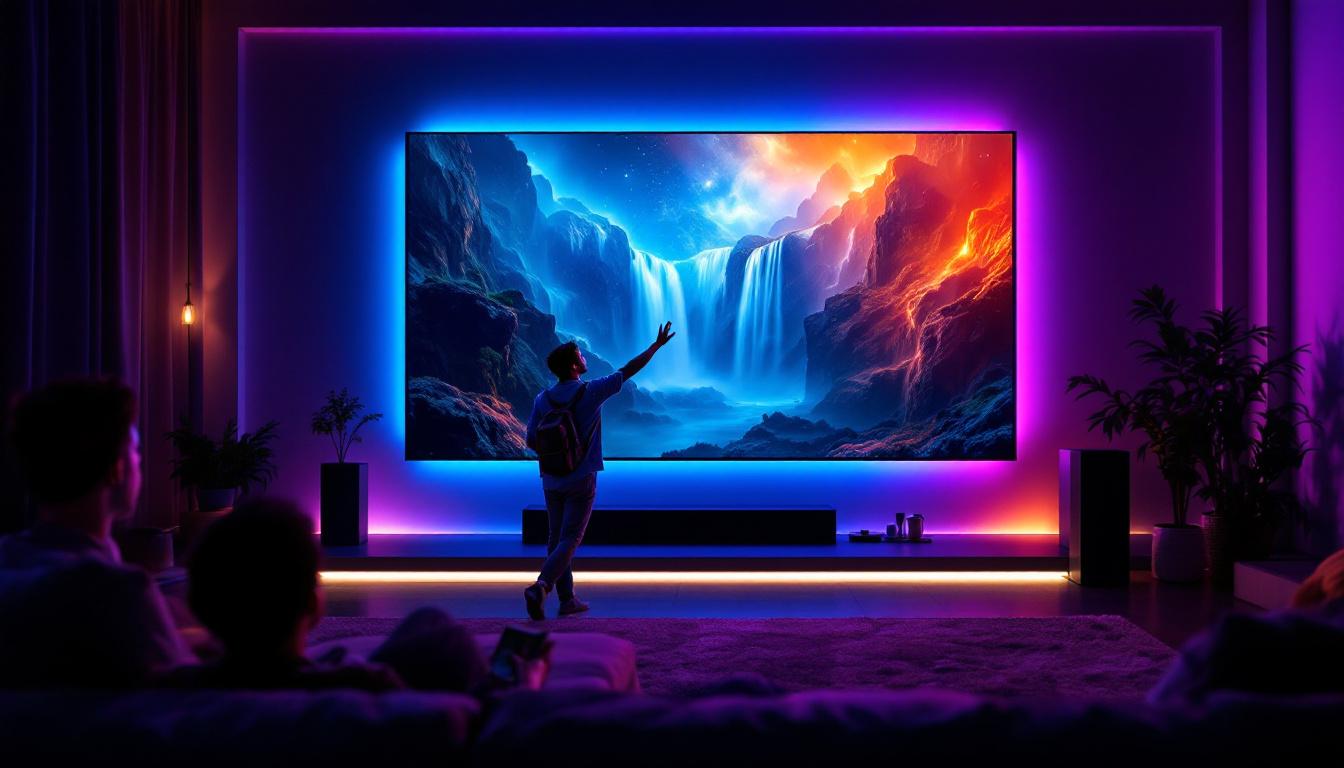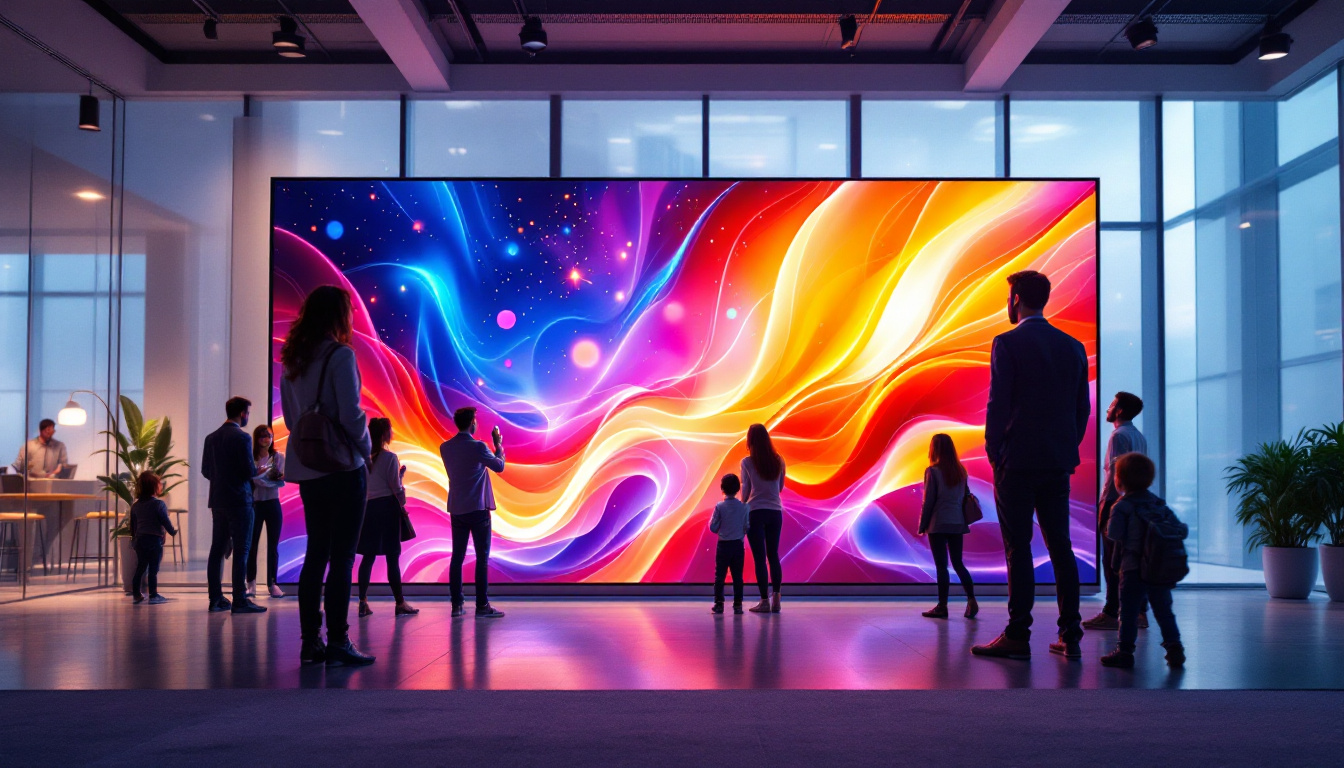Display Port 1.4 Vs HDMI 2.0: LED Display Explained
In the realm of digital displays, the choice between DisplayPort 1.4 and HDMI 2.0 can significantly impact performance, especially for enthusiasts and professionals. Both interfaces serve the primary purpose of transmitting high-definition video and audio, but they come with distinct features and capabilities that cater to different needs. This article delves into the differences between DisplayPort 1.4 and HDMI 2.0, exploring their specifications, advantages, and ideal use cases.
Understanding the Basics
What is DisplayPort 1.4?
DisplayPort 1.4, released in 2016, is an advanced digital display interface designed primarily for computer monitors and other display devices. It supports high resolutions and refresh rates, making it a preferred choice for gamers and professionals who require superior visual performance. One of the standout features of DisplayPort 1.4 is its ability to handle 8K resolution at 60Hz, thanks to its high bandwidth capacity of 32.4 Gbps.
Additionally, DisplayPort 1.4 supports HDR (High Dynamic Range) and provides features like Display Stream Compression (DSC), which allows for the transmission of high-resolution video without compromising quality. This makes it an excellent option for users who demand the best visual fidelity from their displays. Furthermore, DisplayPort 1.4 includes support for Adaptive Sync technology, which helps eliminate screen tearing and stuttering during gameplay, enhancing the overall gaming experience. This feature is particularly beneficial for competitive gamers who rely on smooth visuals to maintain their edge in fast-paced scenarios.
What is HDMI 2.0?
HDMI 2.0, introduced in 2013, is an evolution of the HDMI standard that brought significant improvements over its predecessor, HDMI 1.4. With a bandwidth of 18 Gbps, HDMI 2.0 supports 4K video at 60Hz, making it suitable for a wide range of applications, including home entertainment systems, gaming consoles, and professional video equipment. Unlike DisplayPort, HDMI is more commonly found in consumer electronics, such as TVs, Blu-ray players, and gaming consoles.
HDMI 2.0 also supports features like HDR and multi-channel audio, making it a versatile choice for users who want to enjoy high-quality video and sound. However, it lacks some of the advanced capabilities found in DisplayPort 1.4, particularly in terms of refresh rates and resolution support. Moreover, HDMI 2.0 has made strides in supporting various audio formats, including Dolby Atmos and DTS:X, which enhance the immersive experience for home theater setups. This makes HDMI 2.0 a favored choice for cinephiles and casual viewers alike, as it seamlessly integrates high-definition video with superior audio quality, ensuring that every movie night is a cinematic delight.
Comparative Analysis of Features
Resolution and Refresh Rate
When it comes to resolution and refresh rates, DisplayPort 1.4 takes the lead. It can support 8K resolution at 60Hz and 4K resolution at refresh rates up to 120Hz, making it ideal for high-performance gaming and professional applications where fluid motion is essential. In contrast, HDMI 2.0 supports 4K resolution at 60Hz but does not natively support 8K, limiting its use for cutting-edge displays.
This difference in capabilities can be crucial for users who want to future-proof their setups or require high refresh rates for competitive gaming. For instance, a gamer using a high-refresh-rate monitor would benefit significantly from DisplayPort 1.4, while HDMI 2.0 may suffice for standard 4K gaming. Furthermore, the ability of DisplayPort 1.4 to support HDR (High Dynamic Range) content enhances the visual experience by providing a wider color gamut and improved contrast, which is particularly beneficial for graphic designers and video editors who rely on accurate color representation in their work.
Audio Support
Both DisplayPort 1.4 and HDMI 2.0 offer robust audio support, but they differ in terms of capabilities. HDMI 2.0 can transmit up to 32 audio channels with support for various audio formats, including Dolby Atmos and DTS:X, making it a preferred choice for home theater systems. This extensive audio support enhances the immersive experience for movie watchers and gamers alike.
On the other hand, DisplayPort 1.4 also supports multi-channel audio but is often more focused on video performance. While it can handle high-quality audio, it may not offer the same level of versatility as HDMI when it comes to audio formats and channel support. For users who prioritize audio as much as video, HDMI 2.0 may be the more suitable option. Additionally, the integration of audio return channel (ARC) in HDMI 2.0 allows for simplified audio management in home theater setups, enabling users to send audio from their TV back to an audio receiver without needing multiple cables, thus streamlining the overall experience.
Compatibility and Connectivity
Compatibility is another significant factor when comparing DisplayPort 1.4 and HDMI 2.0. HDMI is widely used in consumer electronics, making it the go-to choice for connecting devices like TVs, projectors, and gaming consoles. Its ubiquity ensures that users can easily find compatible devices and cables, simplifying the setup process.
DisplayPort, while less common in consumer electronics, is prevalent in the PC gaming and professional display markets. Many high-end monitors and graphics cards support DisplayPort, making it an excellent choice for gamers and professionals who need high performance. However, users may need adapters to connect DisplayPort to HDMI devices, which can complicate setups. Moreover, the daisy-chaining capability of DisplayPort allows users to connect multiple monitors through a single port, which is a significant advantage for those who require expansive screen real estate for multitasking or immersive gaming. This feature is particularly appealing to professionals in fields such as video editing, programming, and financial trading, where having multiple displays can enhance productivity and workflow efficiency.
Use Cases and Scenarios
Gaming
For gamers, the choice between DisplayPort 1.4 and HDMI 2.0 often comes down to the type of monitor and the gaming experience desired. DisplayPort 1.4 is ideal for high-refresh-rate monitors and 8K gaming setups, providing the bandwidth necessary for smooth gameplay and stunning visuals. Its support for features like G-Sync and FreeSync also enhances the gaming experience by reducing screen tearing and stuttering. Additionally, the ability to daisy-chain multiple monitors using DisplayPort allows gamers to create expansive multi-monitor setups, which can significantly enhance immersion in games that support wide aspect ratios.
Conversely, HDMI 2.0 is a solid choice for console gamers who primarily use devices like the PlayStation or Xbox. While it may not support the highest refresh rates, it offers excellent compatibility with a wide range of TVs and monitors, making it a versatile option for casual gaming. Furthermore, HDMI 2.0 supports features such as HDR (High Dynamic Range), which can elevate the visual experience by providing richer colors and improved contrast, making it particularly appealing for gamers who enjoy visually stunning titles. The convenience of using a single cable for both audio and video also makes HDMI a practical choice for those who prefer a simplified setup.
Professional Use
In professional settings, the choice between DisplayPort and HDMI can depend on the specific requirements of the task. For video editing, graphic design, and other visually intensive applications, DisplayPort 1.4 is often preferred due to its superior resolution and refresh rate capabilities. Professionals who work with high-resolution content will benefit from the enhanced performance that DisplayPort offers. Moreover, the ability to support multiple audio channels and higher color depths makes DisplayPort an attractive option for those in the creative industry, where color accuracy and detail are paramount.
On the other hand, HDMI 2.0 is commonly used in presentation settings and home theater setups. Its compatibility with a wide range of devices makes it an excellent choice for connecting laptops to projectors or TVs, ensuring that presentations and media playback run smoothly. In addition, HDMI’s support for Consumer Electronics Control (CEC) allows users to control multiple devices with a single remote, streamlining the user experience in professional environments. This feature is particularly beneficial in conference rooms where multiple devices may be used for presentations, as it simplifies the process of switching between sources and enhances overall efficiency during meetings.
Future-Proofing Your Setup
Emerging Technologies
As technology continues to evolve, the demand for higher resolutions and refresh rates is only expected to grow. DisplayPort 1.4 is designed to accommodate these advancements, making it a more future-proof option for users looking to invest in high-performance displays. With the rise of 8K content and gaming, DisplayPort’s capabilities position it well for the future of digital displays.
HDMI is also evolving, with HDMI 2.1 already on the market, offering even higher bandwidth and support for 8K at 120Hz. However, HDMI 2.0 may become increasingly limited as new technologies emerge, potentially requiring users to upgrade their equipment sooner than expected.
Investment Considerations
When choosing between DisplayPort 1.4 and HDMI 2.0, it’s essential to consider the long-term investment. DisplayPort 1.4 may come with a higher initial cost, especially for compatible monitors and graphics cards, but its capabilities can justify the expense for users who demand high performance. On the other hand, HDMI 2.0 may be a more budget-friendly option for users who primarily engage in casual gaming or media consumption.
Ultimately, the decision should align with the user’s specific needs, whether that be gaming, professional work, or general media consumption. Understanding the differences and capabilities of each interface can help make a more informed choice.
Conclusion
In the battle of DisplayPort 1.4 vs. HDMI 2.0, both interfaces have their strengths and weaknesses. DisplayPort 1.4 excels in high-resolution and high-refresh-rate scenarios, making it the preferred choice for gamers and professionals who require top-tier performance. Conversely, HDMI 2.0 remains a versatile option for everyday users and home entertainment systems, providing excellent compatibility with a wide range of devices.
Ultimately, the choice between these two interfaces will depend on individual needs and preferences. By understanding their differences, users can make an informed decision that best suits their display requirements, ensuring an optimal viewing experience for years to come.
Explore Cutting-Edge LED Displays with LumenMatrix
Whether you’re a gaming aficionado, a professional seeking unparalleled display performance, or simply looking to elevate your home entertainment experience, LumenMatrix has the perfect LED display solution for you. As a leader in LED display technology, we offer an extensive range of innovative products designed to bring your visual content to life. From immersive Indoor LED Wall Displays to dynamic Outdoor LED Wall Displays and beyond, our mission is to transform your visual communication with clarity and impact. Don’t settle for less—check out LumenMatrix LED Display Solutions today and experience the future of digital signage.





